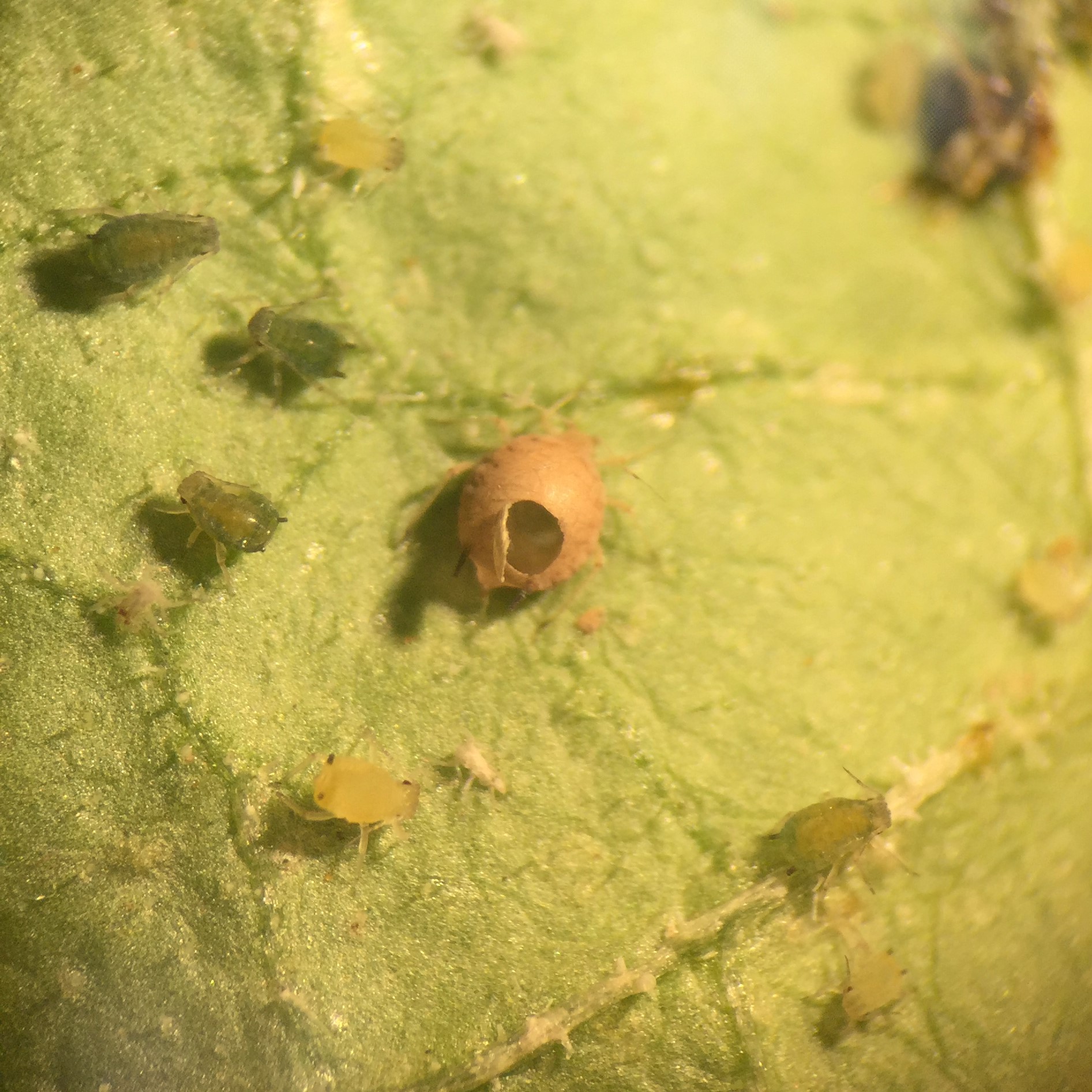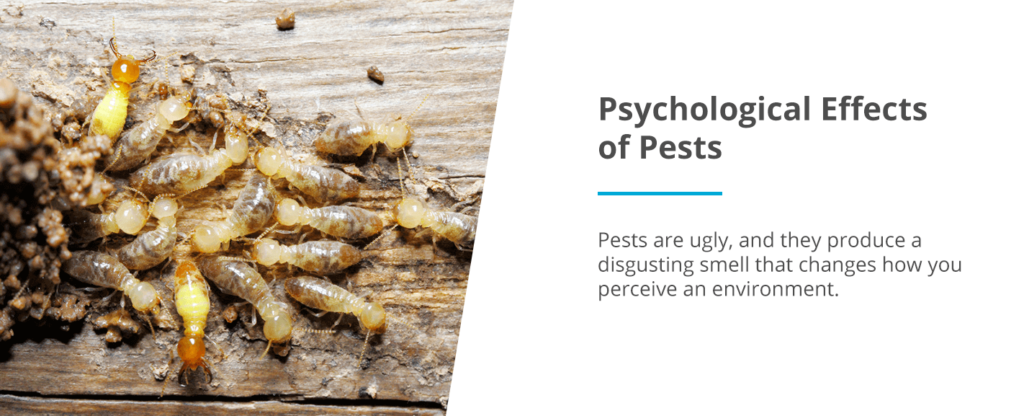Some Known Incorrect Statements About Eco Bed Bug Exterminators Dc
Some Known Incorrect Statements About Eco Bed Bug Exterminators Dc
Blog Article
Some Known Details About Eco Bed Bug Exterminators Dc
Table of ContentsNot known Details About Eco Bed Bug Exterminators Dc Indicators on Eco Bed Bug Exterminators Dc You Should KnowWhat Does Eco Bed Bug Exterminators Dc Mean?Eco Bed Bug Exterminators Dc Things To Know Before You BuyThe smart Trick of Eco Bed Bug Exterminators Dc That Nobody is Talking About
Since chemicals are poisonous, they are also potentially hazardous to human beings, pets, various other microorganisms, and the setting. Consequently, people who utilize chemicals or regularly come in contact with them must recognize the relative poisoning, possible wellness impacts, and preventative measures to reduce exposure to the products they make use of. Threat, or risk, of making use of chemicals is the potential for injury, or the level of risk associated with utilizing a chemical under a given collection of problems.
Applicators can reduce or almost get rid of exposure-- and thus reduce danger-- by adhering to the label instructions, utilizing individual safety apparel and tools (PPE), and managing the pesticide properly. As an example, greater than 95 percent of all pesticide exposures come from dermal direct exposure, mainly to the hands and lower arms. By wearing a set of unlined, chemical-resistant gloves, this sort of direct exposure can be almost removed.
The unsafe impacts that occur from a solitary exposure by any kind of route of access are termed "intense results." The four routes of exposure are dermal (skin), breathing (lungs), dental (mouth), and the eyes. Acute toxicity is established by taking a look at the dermal poisoning, breathing poisoning, and oral poisoning of guinea pig.
The Single Strategy To Use For Eco Bed Bug Exterminators Dc
Acute poisoning is determined as the quantity or concentration of a toxicant-- the a.i.-- needed to kill half of the pets in a test populace. This step is typically revealed as the LD50 (lethal dosage 50) or the LC50 (dangerous concentration 50). In addition, the LD50 and LC50 values are based on a single dosage and are tape-recorded in milligrams of pesticide per kg of body weight (mg/kg) of the guinea pig or in parts per million (ppm).
The reduced the LD50 or LC50 value of a chemical item, the higher its poisoning to humans and pets. Pesticides with a high LD50 are the least harmful to human beings if utilized according to the instructions on the product tag. The persistent poisoning of a pesticide is determined by subjecting guinea pig to long-lasting direct exposure to the active ingredient.
The chronic poisoning of a chemical is harder than acute toxicity to figure out through laboratory evaluation. Products are classified on the basis of their family member acute toxicity (their LD50 or LC50 worths). Pesticides that are identified as very toxic (Poisoning Group I) on the basis of either dental, facial, or breathing poisoning must have the signal words threat and toxin published in red with a head and crossbones icon plainly showed on the front panel of the package label.
The acute (single dose) dental LD50 for chemical products in this team ranges from a trace amount to 50 mg/kg. As an example, direct exposure of a couple of declines of a product taken by mouth could be deadly to a 150-pound person. Some pesticide products have just the signal word DANGER, which informs you absolutely nothing concerning the acute toxicity, simply that the item can cause extreme eye damages or severe skin irritation
Our Eco Bed Bug Exterminators Dc Diaries
In this group, the severe oral LD50 arrays from 50 to 500 mg/kg. A teaspoon to an ounce of this product can be fatal to a 150-pound individual (bed bug spray). Pesticide items classified as either somewhat hazardous or fairly nontoxic (Toxicity Groups III and IV) are needed to have the signal word care on the chemical label

All pesticide poisoning worths, including the LD50, can be discovered on the item's Product Security Data Sheet (MSDS) - bed bug spray. Pesticide labels and MSDS can be obtained from merchants or makes. On top of that, many products likewise know that can be discovered online. The signs and symptoms of pesticide poisoning can vary from a light skin inflammation to coma or perhaps fatality.
Since of potential health and wellness problems, chemical individuals and handlers should recognize the usual signs and signs of chemical poisoning. The results, or signs, of pesticide poisoning can be broadly defined as either topical or systemic.
Eco Bed Bug Exterminators Dc for Dummies
Dermatitis, or swelling of the skin, is approved as the most commonly reported topical impact linked with chemical direct exposure. Some people often tend to cough, hiss, or sneeze when exposed to pesticide sprays.
This sign typically subsides within a couple of mins after an individual is gotten rid of from the exposure to the irritant. A reaction to a chemical product that creates someone not only to sneeze and cough however additionally to develop serious intense respiratory system signs and symptoms is more most likely to be a real hypersensitivity or allergic reaction.
Systemic results are fairly different from topical results. They often take place away from the original point of contact as a result of the chemical being soaked up right into and dispersed throughout the body. Systemic impacts typically consist of nausea or vomiting, vomiting, fatigue, migraine, and digestive disorders. In advanced poisoning instances, the individual might experience modifications in heart rate, problem breathing, convulsions, and coma, which might cause death.
Report this page